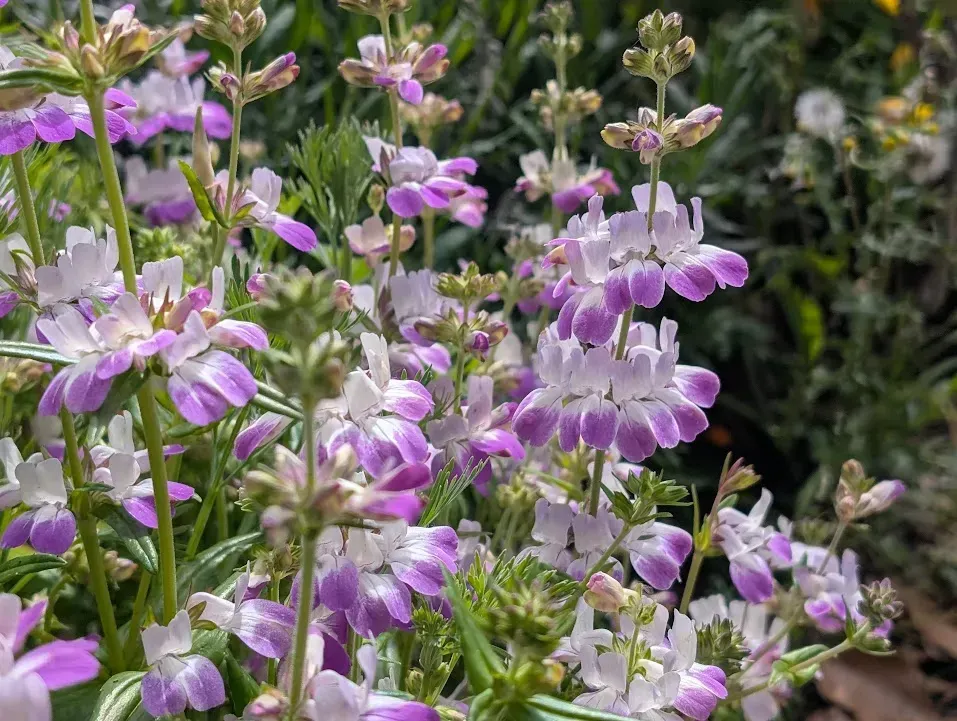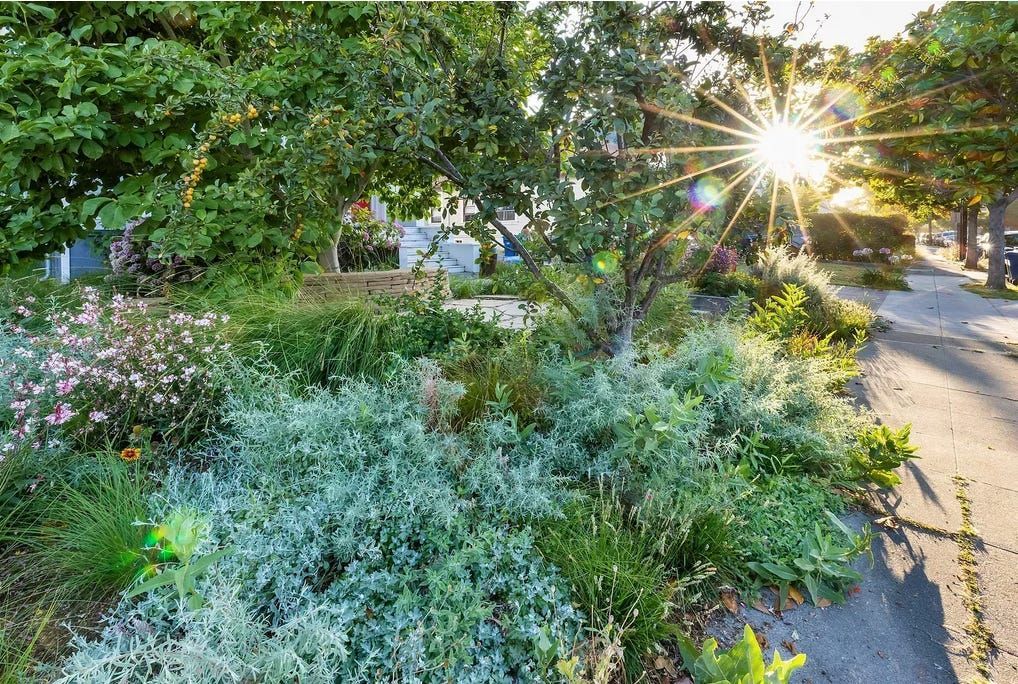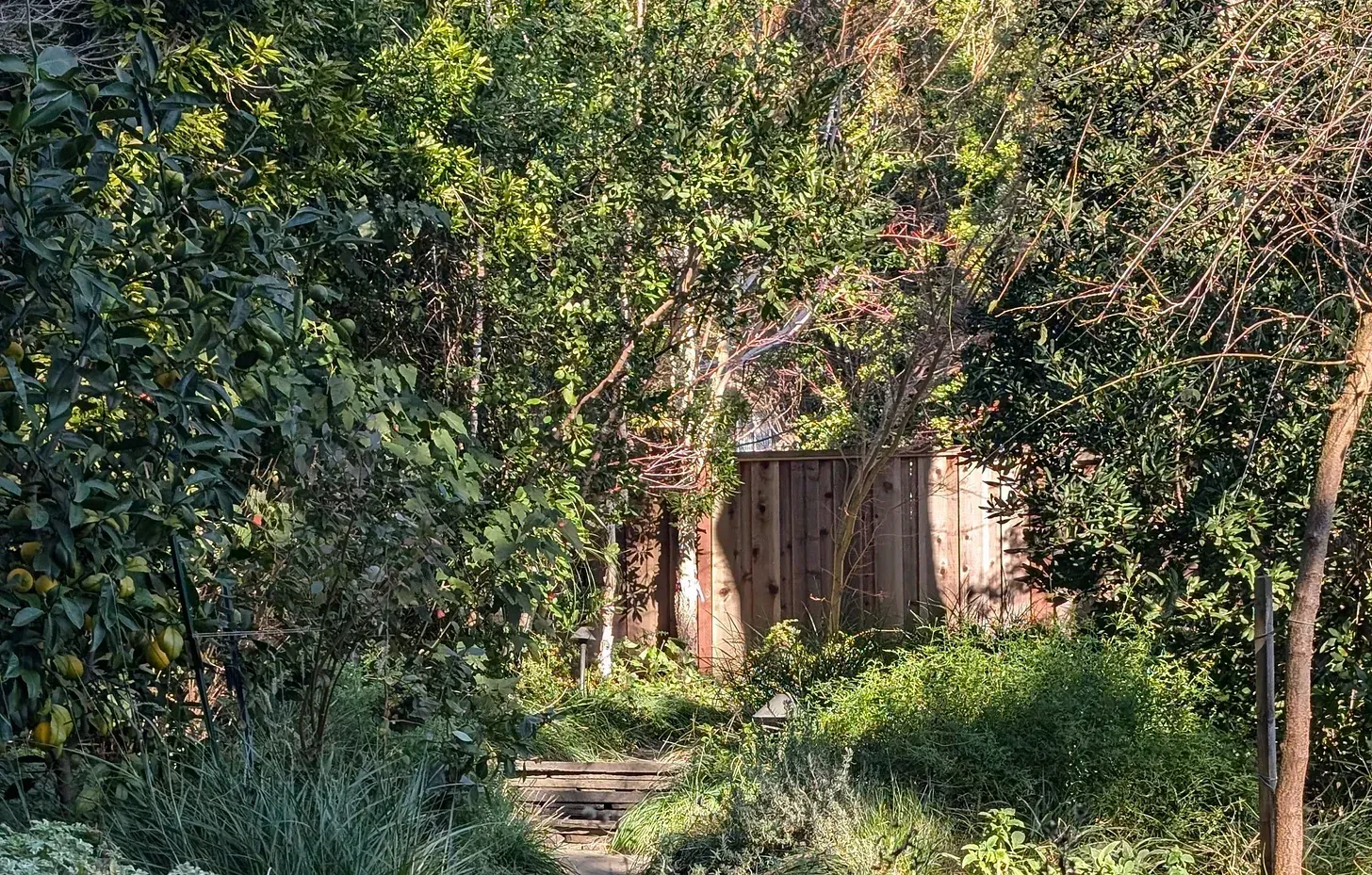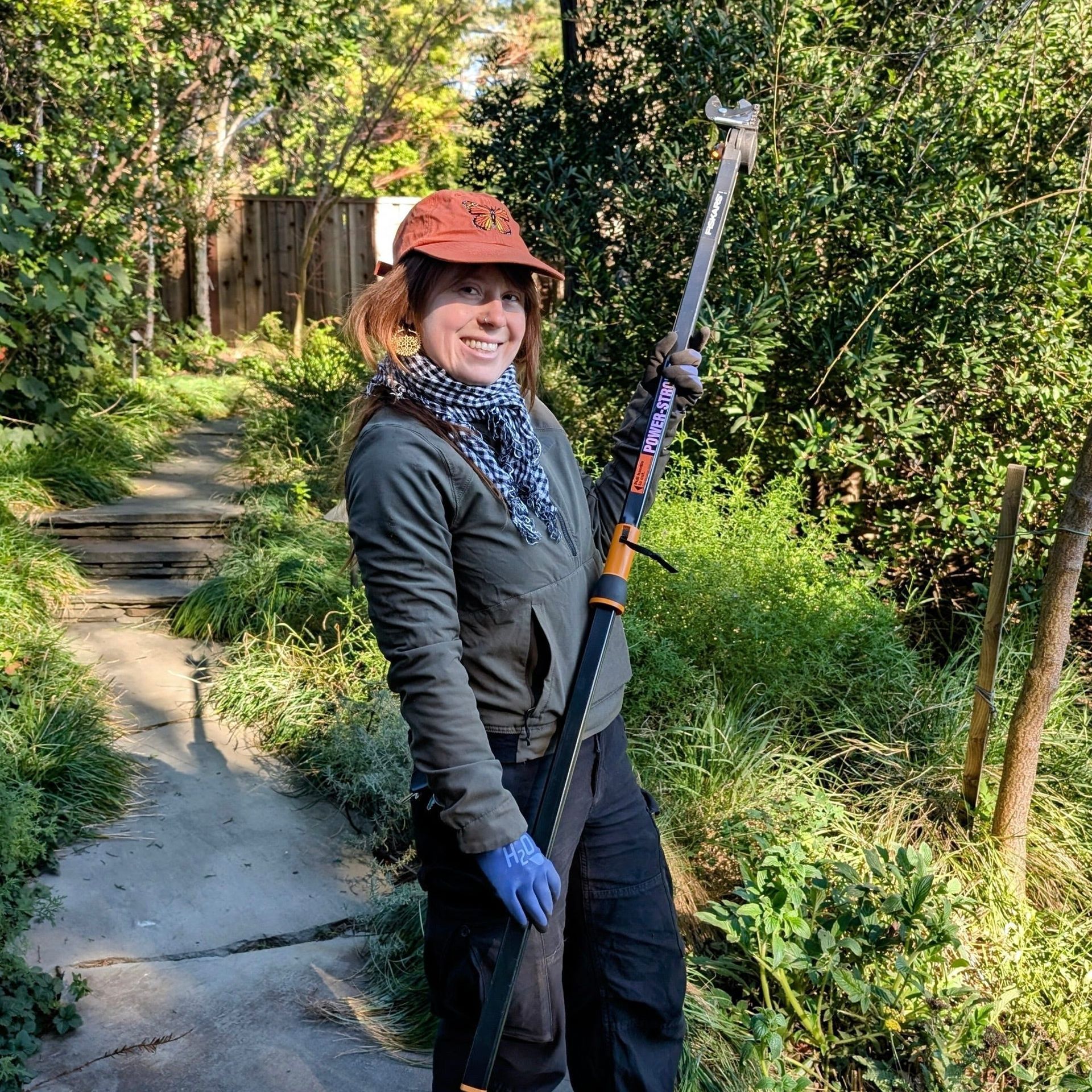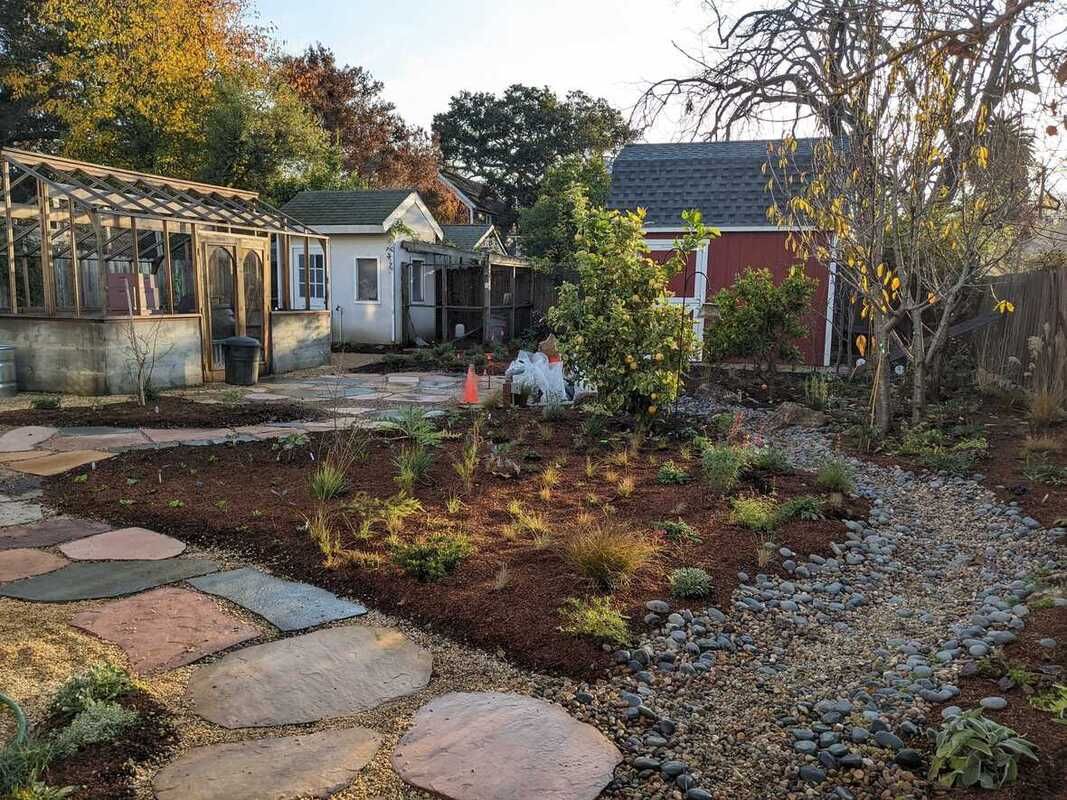Happy Spring!!!

With the warmer temperatures and longer days, gardens are literally bursting with hope. New leaves unfurl and early blooms emerge under the lengthening days and warming temperatures. April never fails to inspire me with its magical expression in the natural world. Each year, as this phenomenon occurs, I am delighted by the immense force that nature has to replenish and re-emerge anew. Being able to count on the small miracles of leafing out and blooming helps to give stability in an unstable world. Tending a garden is not only therapeutic for our soul, but also will help heal your local environment.
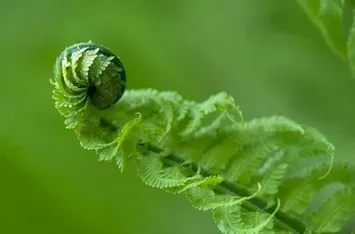
Each spring I am emotionally transformed by the season. Lately, as I walk around my neighborhood, I am in awe when I observe how a leaf finds its way out of dormant bark. Somehow, it opens up to the sun and the sky, capturing the nutrients it needs to feed its roots and grow. It is so incredible!
And when the buds start to burst on an apple or a cherry tree, it is sublime! My heart soars and my brain turns off the frightening narrative that dominates the news cycle. I am connected.
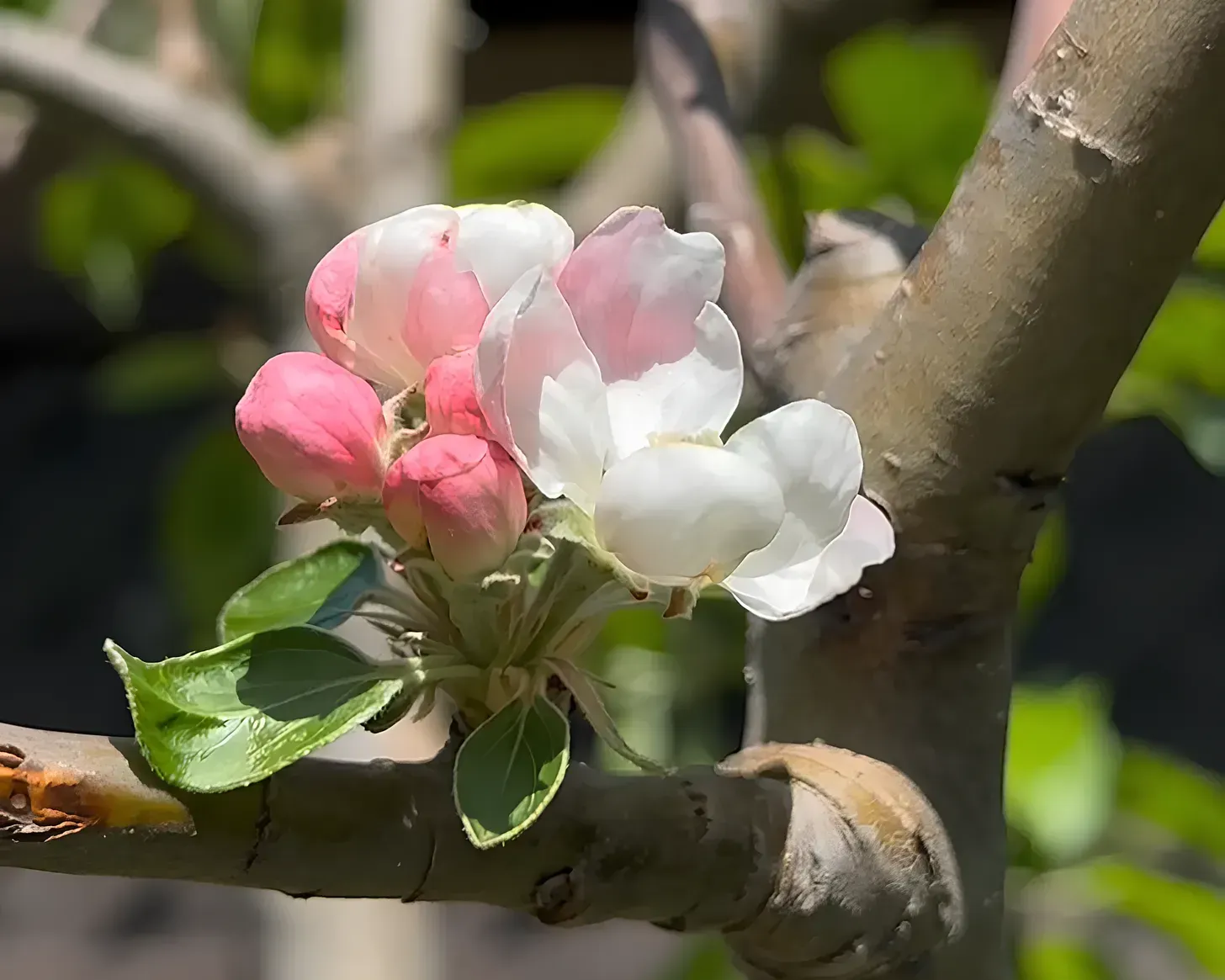
Finding your home in nature is the way to calm the mind and ease the heart. We have all been through so much, as we have navigated through roller coasters of presidents, covid and wars. But we can always find our way back to ourselves, back to calm and peace when we connect ourselves to the natural world. So, as the news is dim, and if you struggle with hope.
encourage you to turn to nature. Try to find a small bright spot by really stopping for a moment and noticing the unfurling of the leaves or the blossoming of flowers.

Open up to the calming effect that a connection to the natural world can provide. Even a small moment of connection can give a bit of peace to a weary heart.
Connecting to the natural world can happen every time we work in our gardens too. Spring is such a pivotal moment in the garden. It is a time when care for the garden provides multiple rewards for the coming growing season.
The garden reaps the rewards from the rains of March and April with a big influx of green growth. As habitat gardeners, we know to leave grasses and perennial stems alone through the colder months. But, now that we are warming back up, many of the hibernating pollinators are emerging. Pollinator eggs that have sat protected in leaf piles or inside stems are hatching and the larvae are welcomed with fresh juicy leaves. So now, we clean up the debris (perhaps leave some piles in the back areas of the garden, where they are less visible but still able to protect living creatures) and allow the fresh green growth to emerge.
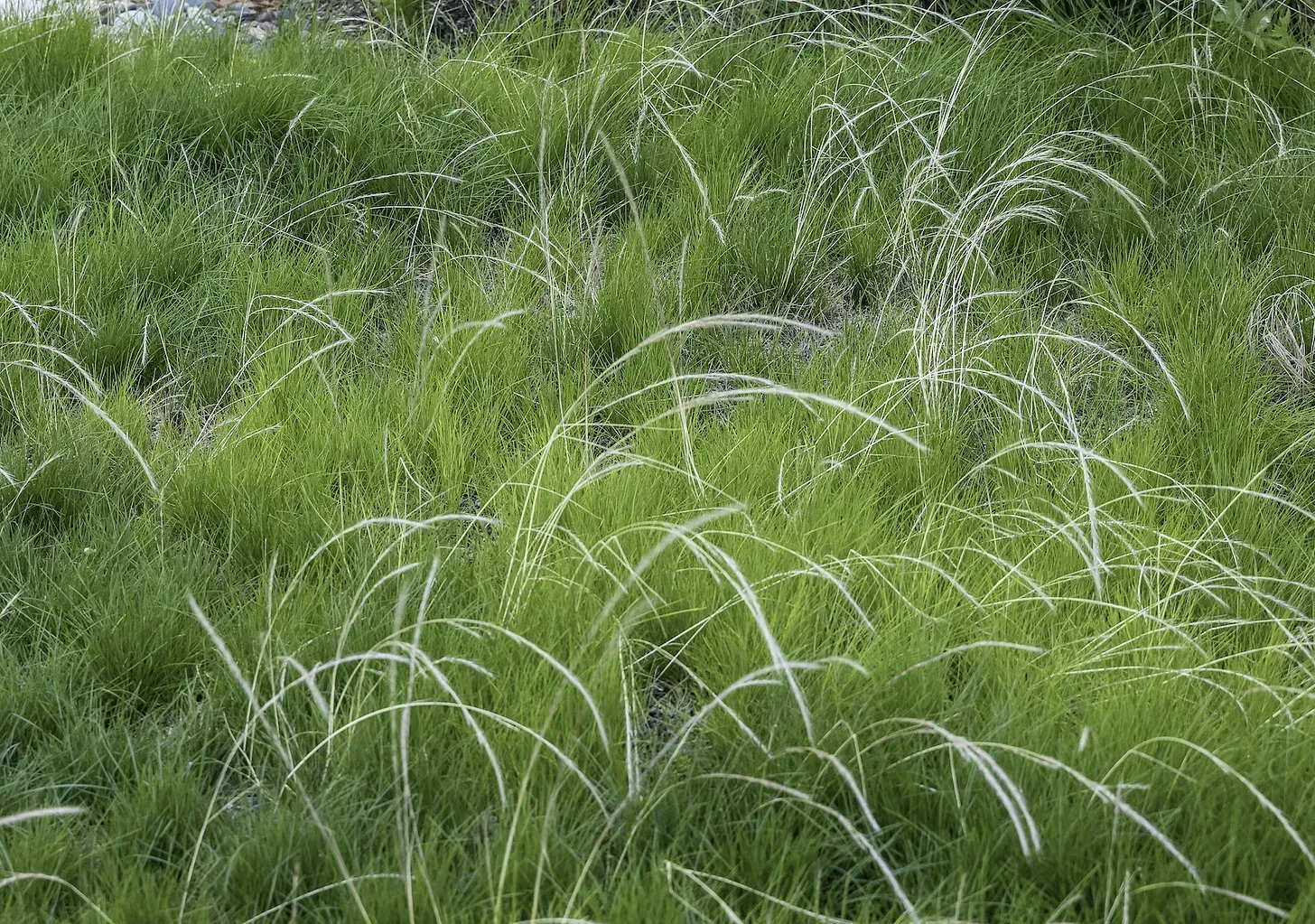
We relish in the beauty of seeing the butterflies and ladybugs and other pollinators as well as beneficial insects gracing our gardens.

PRO TIP: Spring is the time to pull weeds!
Weeding! Ah yes, all of the beautiful growth and blooming in the garden also means an onslaught of new weeds. Keep your garden plants happy by keeping the weeds under control. In the Bay Area, we have two main garden weeds that vex us this time of year:
Ehrharta erecta
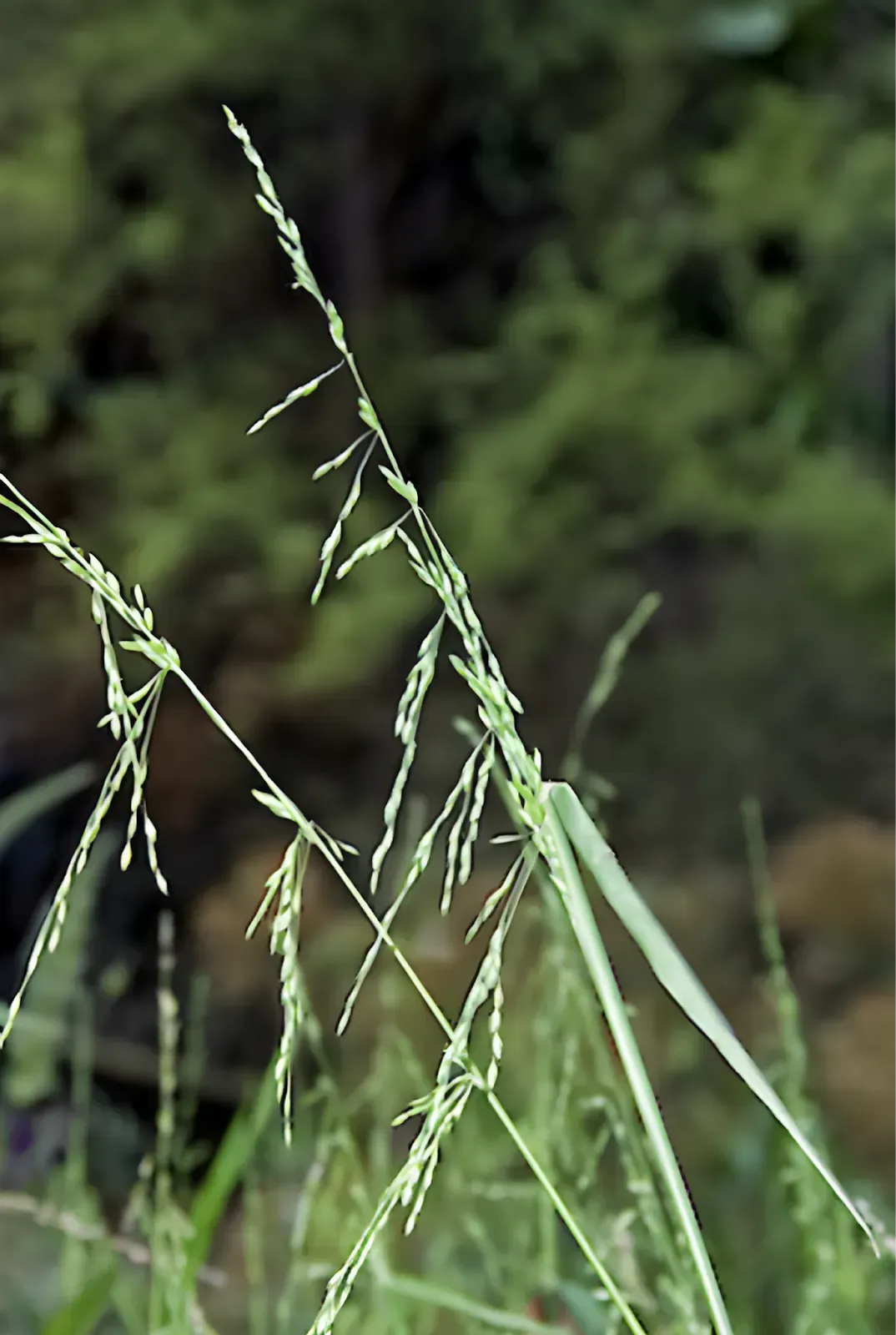
Ehrharta will pop up everywhere it has been allowed to set seed. The seeds are very tiny but don’t let that fool you. They are very tenacious and will thrive when they get the chance. Now is the time to head back that invasion by pulling it up whenever and wherever you see it.
Oxalis pes-caprae
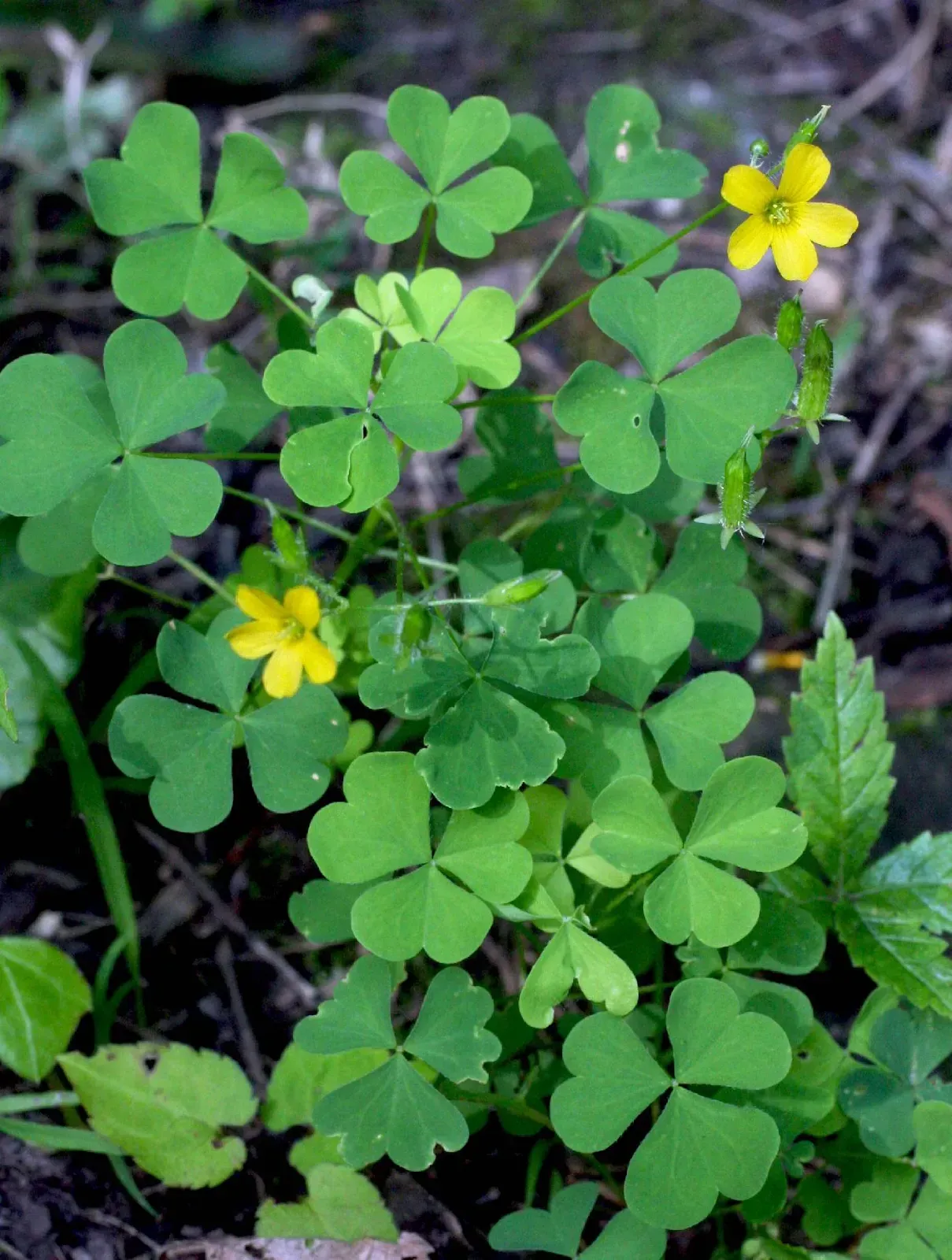
Oxalis is such a common weed, that many people this time of year are relishing in its beautiful blooms. But don’t be fooled! It is incredibly difficult to eliminate, once it is established. It seems to grow exponentially, and in a year when we don’t work on eliminating it we, will see its return, and in much greater numbers.
The good news about oxalis is that; 1. Oxalis only grows when temperatures are regularly under 70 degrees. So, it dies back in the summer. However, up into April, Oxalis may have already done some damage in your garden, as it is so invasive. It can crowd out and shade out any emerging spring annuals and perennials that may be trying to emerge in your garden. Spring is a time when young and emerging plants are vulnerable to overcrowding and may die out as a result of the oxalis bullying its way into their territory.
In order to manage both Erharta and Oxalis, be sure to take time in your garden this spring to weed, weed, weed! Below I have outlined a few details about best practices for removing these weeds, and keepinem out.
will have a significant impact on its spread in your garden. Pulling this weed and removing the root is helpful, but the most important thing to know about controlling Erharta, is to not let it go to seed. Identify it, and pull it (preferably by the roots) before it goes to seed.
The same is true for oxalis. However, we recommend that you follow a few tips for weeding oxalis that will greatly improve your ability to take back control of this weed in your garden.
Oxalis largely spreads through its very large and juicy root system. Getting the roots and its progeny “Bulblets” will do a great job of reducing and eventually eliminating it. However, that is a larger endeavor than most gardeners can spend time on. Fortunately there is a way to eliminate oxalis, but it takes persistence.
If we pull this weed bully, down below the section where the roots transition to leaves

we can starve the bulbs. Do that every week, and you will see it grow back and grow back. Common knowledge as well as scientific research suggests that if you pull on the same bulb weekly, it will die as a result of pushing out growth without replenishing itself from photosynthesis. If you practice this method, you will see that every week the oxalis grows back, it gets shorter and stumpier. Eventually, the bulblet loses energy and dies.
Taking the time to pull these weeds, as we see them emerge allows us to stay in control of their spread. This in turn assures that the plants you intend to have there, the ones that will provide food and shelter to our butterflies and bees will be allowed to push out enough growth this spring to thrive into the fall.
In turn, when we allow ourselves the ability to soak in what the natural world has to offer us in terms of connection and relaxation, we ourselves will be able to heal accordingly from the stress of our uncertain times.
Happy Gardening and Happy Spring!
